Contractor Intent to Lien Letter Template Guide
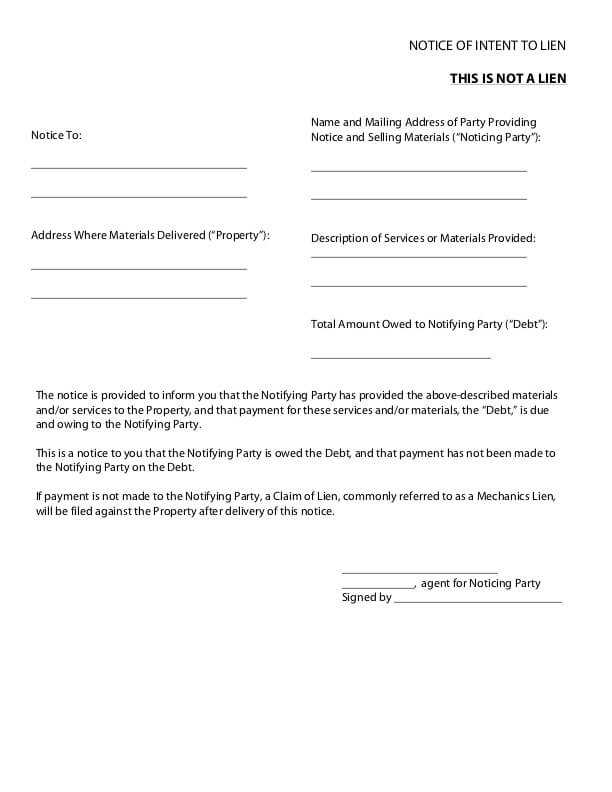
When disputes over unpaid work arise in the construction industry, it’s essential for professionals to issue formal notices to secure their rights. This document serves as a reminder to the party responsible for payment, outlining the legal steps that may follow if the issue isn’t resolved. By preparing a clear and detailed request, builders can protect their interests and avoid further complications.
Why Sending a Payment Demand is Crucial
Failure to receive compensation for work completed can create significant financial strain for construction professionals. A formal demand is an important first step in resolving such disputes before escalating to legal action. This written communication helps both parties understand the situation clearly and may encourage prompt payment, helping to avoid lengthy delays and extra costs.
Key Elements of an Effective Payment Demand
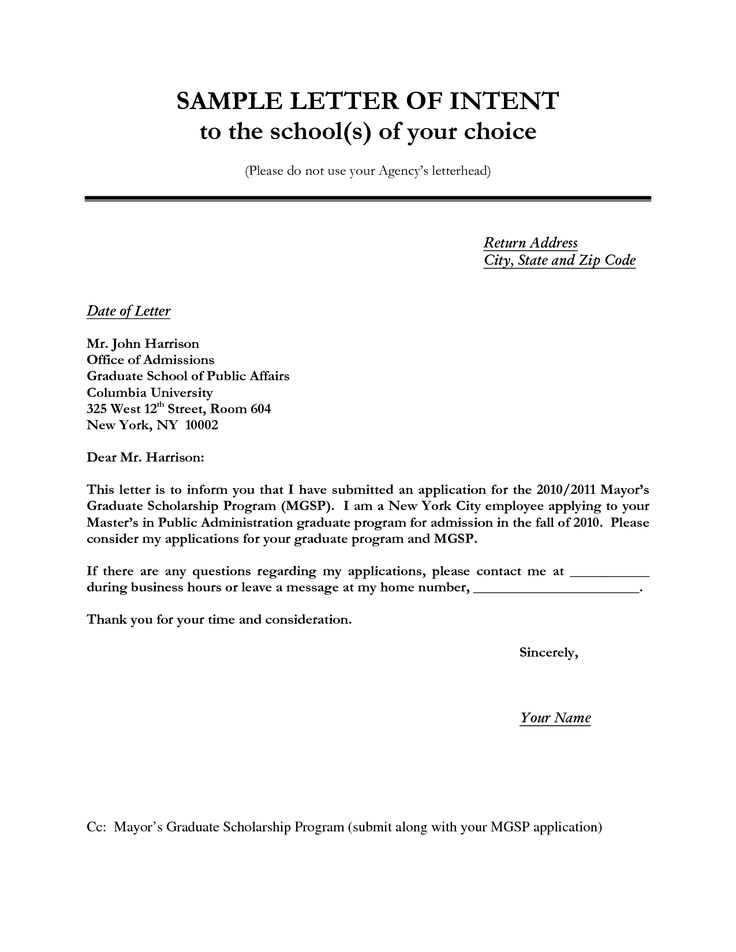
For the notice to be successful, it must include specific details to ensure its clarity and legality:
- Identification of the Parties: Clearly state the names and contact information of both the person issuing the request and the one responsible for payment.
- Details of the Work: Include a brief but comprehensive description of the services or materials provided, along with dates and amounts owed.
- Payment Expectations: Specify the amount due and the deadline for payment, including any late fees if applicable.
- Consequences of Non-Payment: Clearly explain what actions will be taken if the issue remains unresolved, such as legal steps or filing a claim.
When to Send a Payment Request
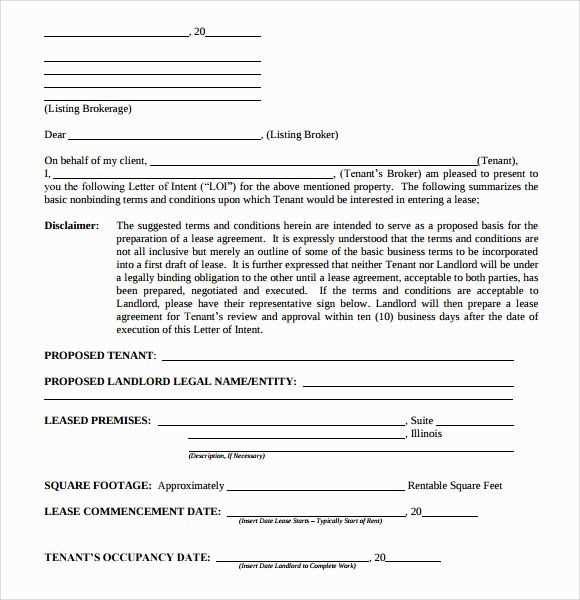
Timing plays a critical role in the effectiveness of the request. It is important to send this notice as soon as possible after the payment becomes overdue. Waiting too long may reduce its impact, as the recipient could claim they were not aware of the debt or may attempt to dispute the terms. Sending it promptly ensures that the party responsible is aware of the seriousness of the situation.
How to Customize the Request
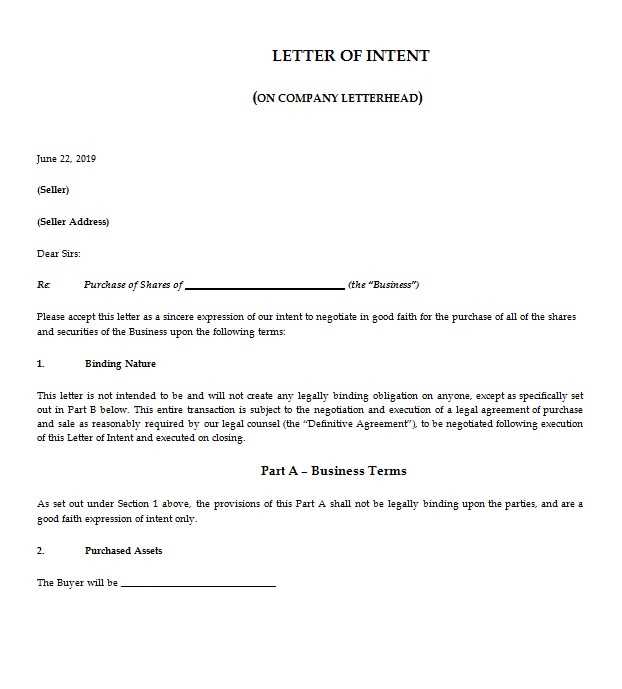
Each construction project is unique, and so is the payment situation. Adjusting the language and details in the demand based on the project’s specifics can help make the message clearer and more effective. Use precise terms related to the work performed, include relevant contract details, and adjust the tone to match the seriousness of the situation. A personalized approach can often lead to faster resolution.
Common Mistakes to Avoid
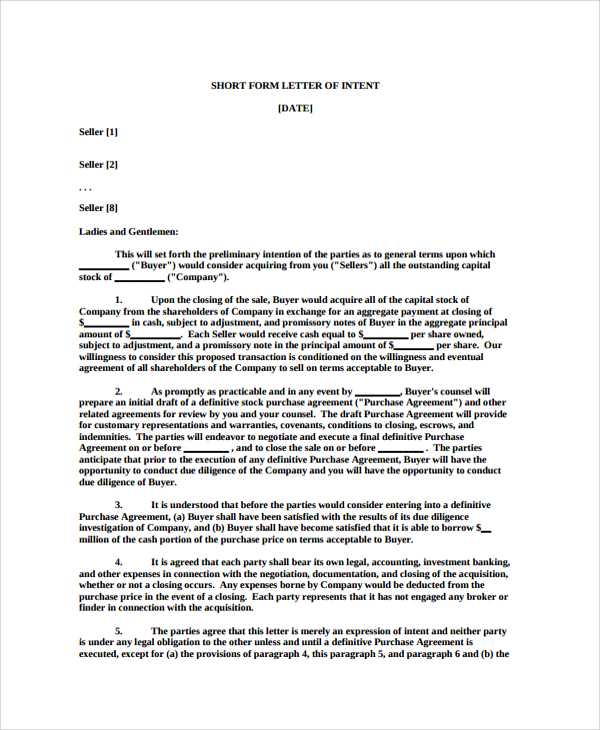
While creating a payment demand, avoid these common errors:
- Vague Descriptions: Failing to provide clear details of the services or materials provided can make it harder to justify the amount owed.
- Unrealistic Deadlines: Setting an unreasonable payment deadline can cause frustration and delay the process further.
- Ignoring Legal Requirements: Each jurisdiction may have specific rules about how such requests must be worded or delivered. Failing to follow these can weaken your position.
By addressing these points and crafting a clear, professional payment demand, construction professionals can increase their chances of receiving the compensation they deserve while maintaining a positive working relationship with their clients.
Construction Payment Demand Notice Guide
In the construction industry, ensuring timely compensation for services provided is critical. When issues with unpaid work arise, a formal notification can help resolve the matter before taking legal action. This section covers the key aspects of crafting an effective payment request to protect financial interests and prevent unnecessary disputes.
Why Payment Demands Matter for Builders
Failure to receive payment for services rendered can lead to financial difficulties. A formal request provides clarity to both parties about the outstanding debt and can serve as a catalyst for prompt payment. By issuing a clear and professional notice, a builder signals their intention to seek compensation, potentially avoiding the need for more complicated legal proceedings.
Important Aspects to Include in a Payment Notice
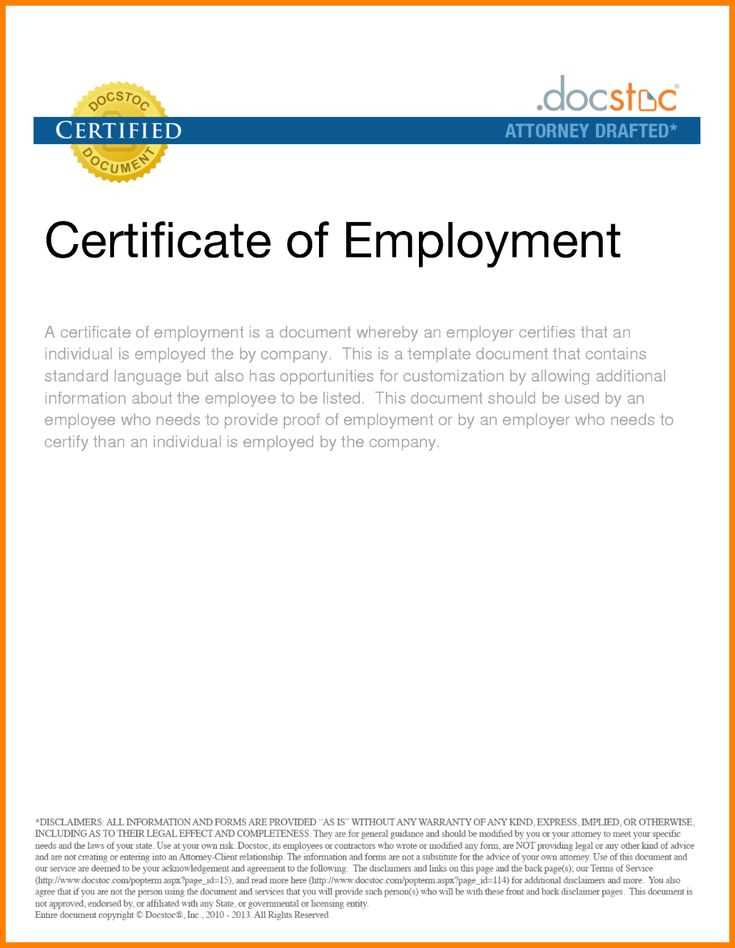
An effective notice must contain specific elements to ensure its legitimacy and clarity. Key components include:
- Identification of Parties: Clearly list both the service provider and the recipient, including contact details.
- Work Description: Include a brief but comprehensive account of the services provided or materials supplied, with relevant dates and amounts.
- Payment Terms: Specify the outstanding amount and the deadline for payment, along with any applicable late fees.
- Consequences for Non-Payment: Explain the next steps, including possible legal actions if payment is not made within the set time frame.
Timing and Legal Considerations
Timing is crucial when sending a payment notice. It’s important to issue the request promptly after payment becomes overdue. The longer the delay, the harder it may be to resolve the matter. Legal requirements also play a role–depending on the jurisdiction, certain steps or wording may be required to make the notice enforceable. Understanding these rules is essential to avoid complications.
By customizing the document to reflect the specific circumstances of each project and avoiding common mistakes, service providers can improve the chances of a swift resolution and maintain professional relationships with clients.